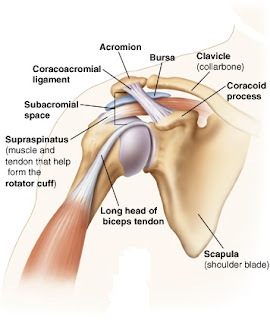Chapter-2: The Mechanism of Postural Control
The mechanism of postural control
1.
The
governing system of nervous control:
The maintenance and adaptation of a posture is controlled by
the system of nervous control. The system works on a give and take mechanism of
receptor organs (eyes, ears, muscles and joints) giving the afferent stimuli
and effector organs (muscles) receiving the command to perform the actions. All
that is required for a brain to change a position is an input to produce an
output. The input can either be environmental (push, pull, jerk, hit etc.) or
internal (brain’s own will to adapt or change a position). The nervous system
involves sub-systems working for it.
a.
Sensory system:
Vestibular
system: the system is responsible for equilibrium, motion and orientation. The
system plays a vital role in posture as it provides a sense of balance and
control. The vestibular system governs the actions of eyes and positions of
head. The semicircular canals of the ears consists of fluid which moves along
with movement of head.
b.
Proprioception:
The
proprioception provides a sense of position and movement. The receptors are
spread throughout the body in muscles, joints, ligaments and tendons.
c. Vision:
The eyes help in analyzing a person’s body position. Where we stand and
which direction should we move in is all determined by the visual receptors.
Vision also plays an important role in identification of the surface type
(smooth, slippery, rough, bumps, inclinations etc.)
2.
Central
nervous system:
The afferent signals are sent to
brain and an efferent response is generated. The brain analyzes the current
need of the body to either attain or change a posture and responds accordingly.
3.
Muscular
system:
The muscular system acts as a major
component of postural control by contracting a number of muscles simultaneously
in both static and dynamic postures. Which muscles are to be contracted depends
on the type of position and might differ in each position. Which muscle has to
work also depends on the motion of the body, base of support (BoS) and center
of mass (CoM). The base of support and center of mass changes accordingly to
provide stability and fall prevention in different body positions (standing
erect, standing on one leg, standing on stairs, standing in a moving vehicle).
4.
Joint
structures:
Weight bearing joints of the body
plays an important role in maintaining balance in weight bearing positions. The
joint receptors send the afferent signals in order to approximate the joint and
attain stability.




Comments